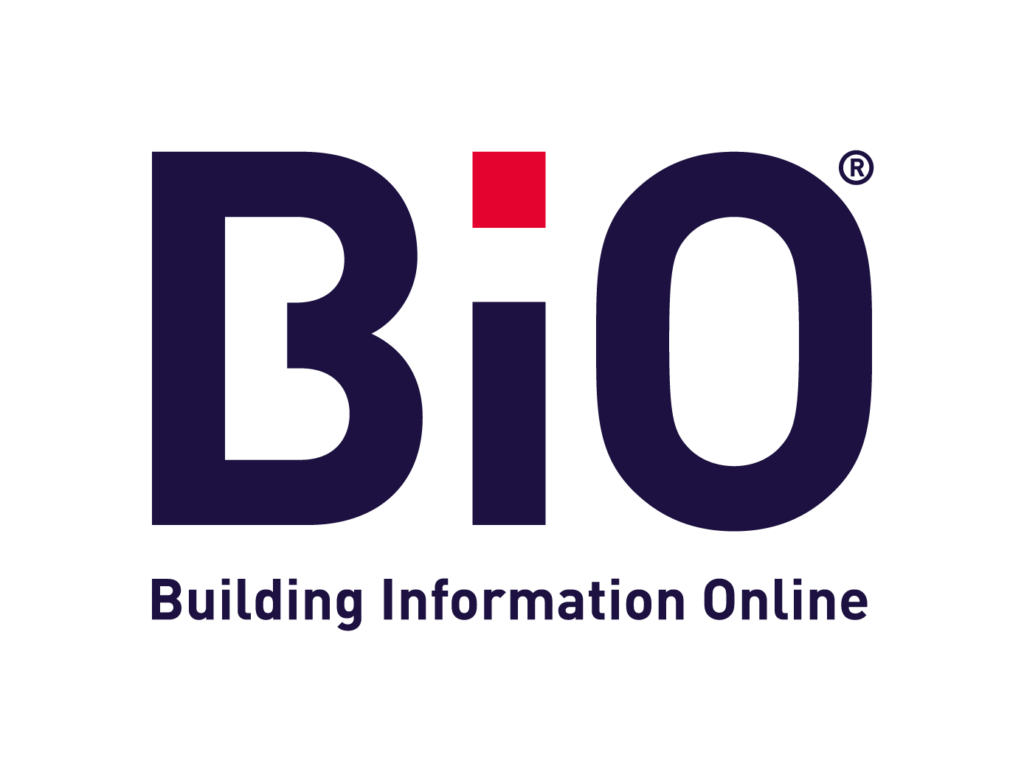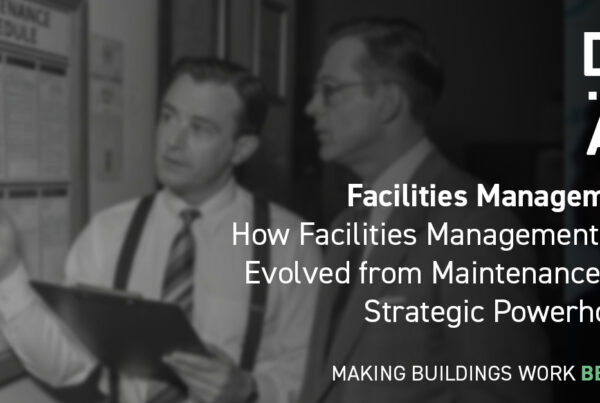
From Hard and Soft Services to Strategic Value
Why today’s Facilities Management is about more than maintenance — and how technology, sustainability, and workplace strategy are reshaping the profession.
Facilities Management has traditionally been defined in terms of hard services (like mechanical, electrical, and building fabric maintenance) and soft services (such as cleaning, catering, and security). For many years, this “hard and soft” split provided a neat way of categorising everything FM delivered.
But today, that definition is far too narrow. FM has become more sophisticated, more strategic, and more influential. It’s no longer just about keeping buildings running — it’s about enabling organisations to thrive, meet sustainability goals, and adapt to a rapidly changing world.
From Operational to Strategic
The FM function has shifted from a reactive role, fixing problems when they occur, to a strategic one. Modern FM teams now help organisations:
- Plan for long-term asset performance.
- Align facilities with organisational goals.
- Create environments that support productivity, learning, and wellbeing.
This evolution means FM is no longer seen simply as a cost centre. Instead, it is a partner in organisational success, with representation at board level and influence over corporate strategy.
The Impact of Technology
Technology is at the heart of this transformation, reshaping how facilities are managed, monitored, and maintained. Where once FM relied on paper records, reactive call-outs, and manual inspections, today’s estates are increasingly powered by data and connectivity. Digital tools give facilities managers unprecedented insight into how buildings perform, how assets are used, and where improvements can be made.
This shift from analogue to digital has enabled FM teams to move from being reactive problem-solvers to proactive, strategic decision-makers. At DMA, our own maintenance management platform, BiO®, has been developed precisely for this purpose — bringing together maintenance management, compliance tracking, automation, and performance data into one integrated system. BiO® is more than just a CAFM; it’s designed to act as a decision-support tool, enabling smarter planning, predictive maintenance, and transparent reporting for our customers.
Other significant innovations driving this change include:
- CAFM and CMMS platforms provide real-time visibility of assets, compliance, and performance.
- IoT sensors monitor energy use, air quality, and occupancy patterns.
- Predictive maintenance reduces downtime and extends asset life.
- AI and digital twins are beginning to simulate building performance and optimise operations.
For most organisations, FM is now a data-driven discipline. Decisions are made based on evidence and insights, not assumptions.
Sustainability and Compliance at the Core
Environmental and regulatory pressures are reshaping the FM agenda. The role of facilities managers now includes:
- Meeting net-zero and carbon reduction targets.
- Delivering against ESG frameworks and sustainability reporting requirements.
- Ensuring health, safety, and compliance across increasingly complex estates.
While many organisations look to carbon offsetting through third-party organisations as a way to balance their emissions, the most meaningful and lasting change often comes from within the estate itself. Facilities Management teams are uniquely positioned to reduce emissions at source — through energy efficiency, smarter maintenance, renewable integration, and improved asset performance.
This direct, operational focus ensures that sustainability targets are met in ways that both cut costs and strengthen long-term resilience. In other words, FM is not just supporting an organisation’s climate response, it is leading it.
The Expansion of Facilities Management Services
The scope of FM has widened far beyond the traditional “hard and soft” categories. Today’s facilities teams often take responsibility for:
- Energy management — integrating renewables, optimising consumption, and delivering energy efficiency.
- Workplace experience — managing air quality, comfort, and design to support wellbeing and hybrid working.
- Resilience and risk — ensuring business continuity and protecting against both physical and cyber threats.
- Asset lifecycle planning — linking day-to-day maintenance with long-term capital investment strategies.
This expanded scope reflects how organisations now view their facilities: not as overheads, but as enablers of performance.
Skills and People Evolution
As FM evolves, so too do the skills required. Today’s facilities professionals need to combine:
- Technical knowledge of building systems.
- Digital and analytical skills to interpret data.
- Strategic thinking to align FM with organisational goals.
- Leadership and communication to influence decision-makers and stakeholders.
The profession has grown in visibility and prestige. FM leaders are no longer just behind the scenes — they’re helping to shape the future of work, learning, and service delivery.
The Future of Facilities Management
The face of FM will continue to change as new challenges emerge. Trends we can expect to see include:
- Greater integration of AI and automation.
- Increased focus on sustainable, smart, and adaptive buildings.
- Further convergence between property, technology, energy, and workplace strategy.
We know that FM is no longer defined just by “hard and soft” services. It is a sophisticated, strategic discipline that integrates technology, sustainability, workplace experience, and asset strategy.
Organisations that recognise FM as an investment — not just a cost — will gain resilience, efficiency, and competitive advantage.
From carbon reduction to cost efficiency, the changing face of FM is all about creating value. At DMA Group, we’re constantly adapting and pushing our services forward to stay ahead of industry trends and customer needs. Explore our Facilities Management services to see how we can help you deliver smarter, more sustainable estates.



